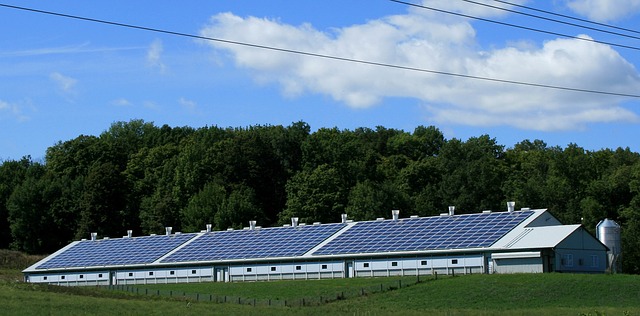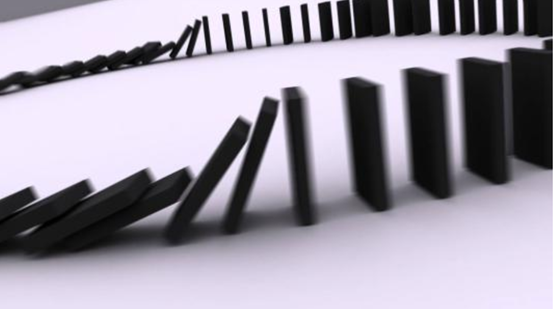Nickel-metal Hydride Battery Care
Jun 17, 2021 Pageview:2516
Nickel metal hydride battery is among the rechargeable batteries. The Nickel battery was first introduced in 1989. It is mostly used in laptops, camcorders, mobile phones, and other devices that use electricity. Their positive and negative electrodes are made from nickel oxide hydroxide and hydrogen-absorbing alloys, respectively. Both nickel-metal hydride cells and batteries have equal voltage, performance levels, and charge features. Nickel metal hydride battery’s longevity can be determined by how much care the battery is accorded. For instance, they can be taken care of by abstaining from ultra-fast chargers and charging them at room temperature. In addition, nickel-metal hydride batteries are environmentally friendly.
Nickel-metal Hydride Battery Care and Maintenance
Below are ways to help take maintain and take good care of nickel-metal hydride battery
●Evade Using Ultra-fast Chargers
The ultra-fast chargers do not fully charge the battery as they lack the trickle charge. Normal smart chargers apply a trickle charge from the beginning until it is 100%.
●Prevent Memory Effect
Discharge and recharge the nickel-metal hydride battery’s full once in a while. This helps to keep the battery healthy by avoiding crystal development in discharged areas.
●Exercise the Battery
Do not leave the battery unused for a longer period. This allows crystals to develop, which reduces the battery’s ability to hold a charge. A new battery break procedure should be applied to a dormant battery to regain its ability to work properly.
●New Battery Break-in
New batteries must be fully charged before use since they are bought in discharged conditions. It is essential to charge and discharge the battery completely so that it can regain its maximum rated capacity.
●Battery Storage
If you do not intend to use the battery for some time, it is recommended to store it in a cool, dry, and clean place. The nickel-metal hydride batteries should also be stored away from metal objects and heat. Its performance reduces if stored in a room with raised temperatures.
●Maintain Clean Batteries
Clean batteries maintain a remarkable connection between them and the device. Its contacts can be cleaned with alcohol and cotton swab.
●Do Not Use the Same Charger on Batteries With Different Charge Levels
Here, the weak battery will become hot and might explode as the most charge will flow towards it. The safe way is to use nickel-metal hydride batteries of the same charge level in a nickel-metal hydride charger. It is better to charge the same battery brands in the same charger.
Nickel-metal Hydride Battery Care Charger
It is recommended to use a smart battery charger to charge the nickel cells. The smart charges do not overheat the battery, hence making it last longer. Batteries differ in charge time and rate hence require different charging methods. Different charging methods apply to avoid overcharging and undercharging of batteries as discussed below.
●Trickle Charging
A trickle charger is a situation where the charger provides a low and safe voltage. The voltage is almost the same as its rate of self-discharge with or without a timer. Trickle chargers are essential in preventing overcharging of stored batteries. It is said that overcharging is safe at currents below 0.1 C. However, a repeated slow charge can negatively affect the battery’s memory.

●Rapid and Fast Charges
Rapid charges give high voltages over a short period while maintaining a constant rate. The battery has to be cooled first before recharging to avoid its damage. The rapid charge has a rate of 1C and 0.3C to 0.5C for the rapid ones. In addition, batteries charging on faster chargers can leak and when left to charge for long.
●Temperature Change Charging Method
The temperature difference process has constant current charging and constant voltage, which also supplies energy at a constant rate. Chemical energy is formed when the battery is not fully charged and converted to heat when it is fully charged. When charged, most of this energy is converted to chemical energy. This results into increase in the battery temperature, which is detected by the sensor. Temperature sensors offer a complete temperature cut-off.
●Step-Differential Charges
A step-differential charge is where a fast charge of 1C applies to the battery. The battery is left when it gets to a specific charge approach to cool. It is then placed in a rest position and a lower amount of charge is added to it. Later, the charge is further lowered until the battery charges fully.
How do you condition a Nickel-metal hydride rechargeable battery?
Reconditioning a nickel-metal hydride battery includes running deep charge cycles on the battery to keep its performance. Conditioning nickel-metal hydride battery helps the battery last long, hence saving on the cost of purchasing a new one.
● Charge the Nickel-metal Hydride Battery Fully
Connect nickel-metal hydride battery with the battery charger and live them to charge for long till it is full.
● Completely Discharge Nickel-metal Hydride Battery
Use the battery on a device that will drain the charge faster. Place it in a device such as a camera or a torch and leave it switched on till it is fully empty.

● Redo Step One and Two
The first two steps work on the battery cycle. This exercise helps them regain their fitness. The battery is left for about one hour to be charged after step two is done. Repeat the cycle about two to three times where a considerable difference should be noticed in the battery. If no positive effect is experienced, then the battery might have been damaged hence need to be replaced.
How to Charge a Nickel-metal Hydride Battery
Find nickel-metal hydride battery’s smart charger.
1.Remove the battery from the device
2.Locate the battery’s capacity, which is always printed on the battery.
3.Plug the battery into the charger.
4.Charge the battery at C/ 10 for a fast and slow charge.
5.For a fully discharged battery, use a timer and a C/3.33 rate until it’s fully charged.
6.Set the battery to charge faster, set it at 1C.
7.Use (C ×1.2) ÷ C (whereby C represents the rate) to calculate the duration the battery will take to charge.
8.Ensure the battery is charging at room temperature.
9.Unplug the chart once the battery is fully charged.
10.Store the battery at room temperature.
Conclusion
Nickel metal hydride batteries are the most considered in many devices. The batteries can hold charge for a longer time. In addition, they are easily conditioned to regain lost performance, hence saving on the cost of purchasing a new battery.
- Prev Article: How to Keep a Laptop Battery Healthy - Method and Power
- Next Article: Manganese Battery: Comparison, Stocks and Demand
Leave Message
Hottest Categories
-
Hottest Industry News
-
Latest Industry News










